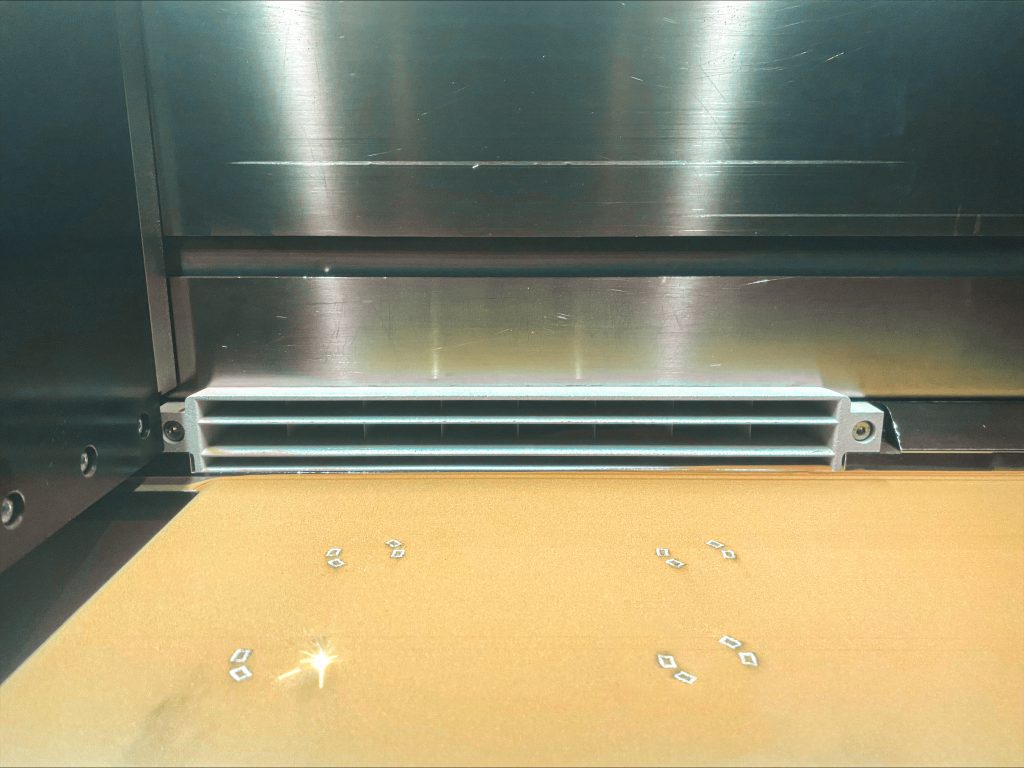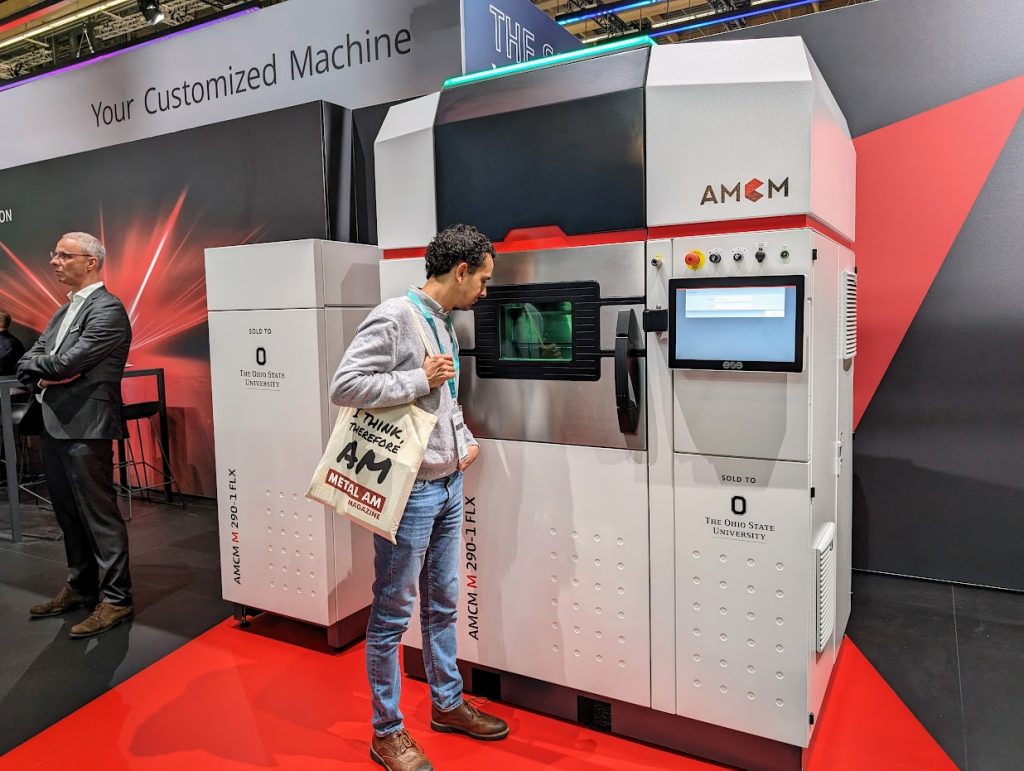The University of Wolverhampton has entered into a partnership with 3D printer manufacturers EOS and AMCM to launch the new UK Center of Excellence for Additive Manufacturing.
This collaboration aims to advance materials and manufacturing processes for copper 3D printing in the space, automotive, aerospace, electronics, and quantum computing sectors.
The new center will be based in the Elite Centre for Manufacturing Skills (ECMS) at the University’s Springfield Campus and will serve as a hub for research commercialization activities and education.
Future projects will focus on the integration of laser process data with machine learning and artificial intelligence (AI), to increase the efficiency of 3D printing materials and laser process development.
Announced on day one of MACH 2024, a UK-based engineering and manufacturing exhibition running from 15-19 April, the center has been partially funded by the UK’s Regional Innovation Fund (RIF).
“The establishment of the UK Centre of Excellence for copper AM marks a significant milestone in additive manufacturing, setting the stage for a new era of innovation, sustainability, and responsible manufacturing,” commented Professor Arun Arjunan, director of the ECMS and Centre for Engineering Innovation and Research at the University of Wolverhampton.

The UK’s new AM Center of Excellence
The new UK Center of Excellence’s material and process development activities will be led by the University of Wolverhampton’s Additive Manufacturing Research Group, and its spin-out company Additive Analytics.
According to the University of Wolverhampton, Copper boasts exceptional thermal and electrical properties that offer high potential for industrial manufacturing applications. However, the widespread adoption of copper in metal additive manufacturing is being hindered by challenges relating to its high reflectivity, high thermal conductivity and sensitivity to oxygen.
The UK Center of Excellence for Additive Manufacturing aims to overcome these challenges by leveraging 3D printing technology and expertise from EOS, and its partner company AMCM. In particular, the center will feature an AMCM 290 FLX laser powder bed fusion (LPBF) 3D printer which is compatible with challenging materials, such as copper.
The 290 FLX builds on the EOS M 290 and can be equipped with one or more nLIGHT EFX-1000 beam shaping lasers, high-temperature processing, and process gas cooling for consistent 3D printing conditions. What’s more, the 1000-1200 W lasers reportedly enable up to 3 times higher productivity with 316L steel and aluminum than 400 W systems.
“Additive Manufacturing with materials such as copper offers huge benefits for product designers, but they can be demanding for manufacturers to work with,” added EOS UK Sales Manager Nathan Rawlings. “This new Centre of Excellence will create and test the processes that enable material benefits to be reliably and consistently realized in real-world component manufacturing.”

Research into metal 3D printing
The University of Wolverhampton is not the only UK-based university working to develop metal 3D printing materials and processes. Earlier this year, the University of Birmingham acquired a Print Genius 150 Double Wavelength (DW) metal 3D printer from the Italian OEM Prima Additive.
The university will leverage the LPBF 3D printer to expand its work with novel materials for metal additive manufacturing. As with the new center of excellence, this includes research into 3D printing with copper and its alloys. Functionally graded materials, refractory metals, and precious materials will also be 3D printed with the new system.
The Print Genius 150 brings the University of Birmingham’s portfolio of laser-based 3D printers to 12, the largest collection of any university in the UK.
Elsewhere, the Materials Processing Institute, a UK-based materials research and innovation center, is developing a novel AI-powered tool for metal 3D printing. Through the £600,000 project, the research institute is collaborating with Additive Manufacturing Solutions Ltd. (AMS) and additive manufacturing software provider AMFG.
The tool, called SMART-APP, is being designed to offer predictive models for resource efficiency and waste reduction management in LPBF 3D printing. It will use AI to predict quality changes to metal powder after 3D printing and propose alternative process parameters for the used powder. This will extend the lifespan of the material, without significantly reducing part quality.
What does the future of 3D printing hold?
What near-term 3D printing trends have been highlighted by industry experts?
Subscribe to the 3D Printing Industry newsletter to keep up to date with the latest 3D printing news.
You can also follow us on Twitter, like our Facebook page, and subscribe to the 3D Printing Industry Youtube channel to access more exclusive content.
Featured image shows 3D printed copper parts (parts designed in nTop). Photo via the University of Wolverhampton.


